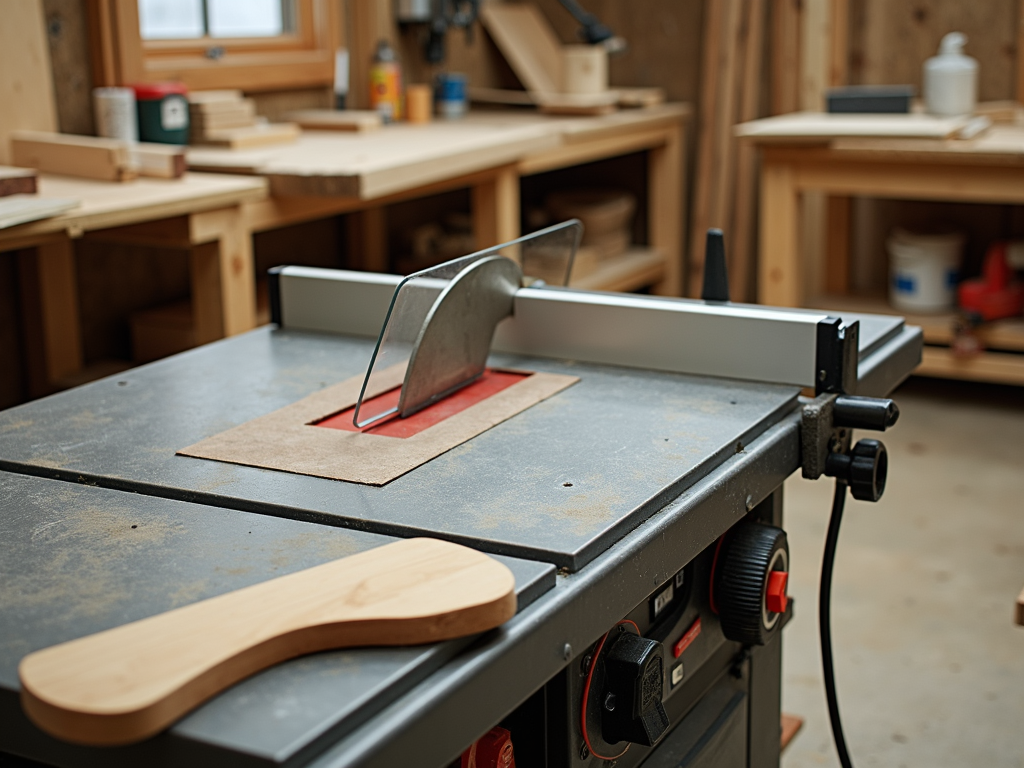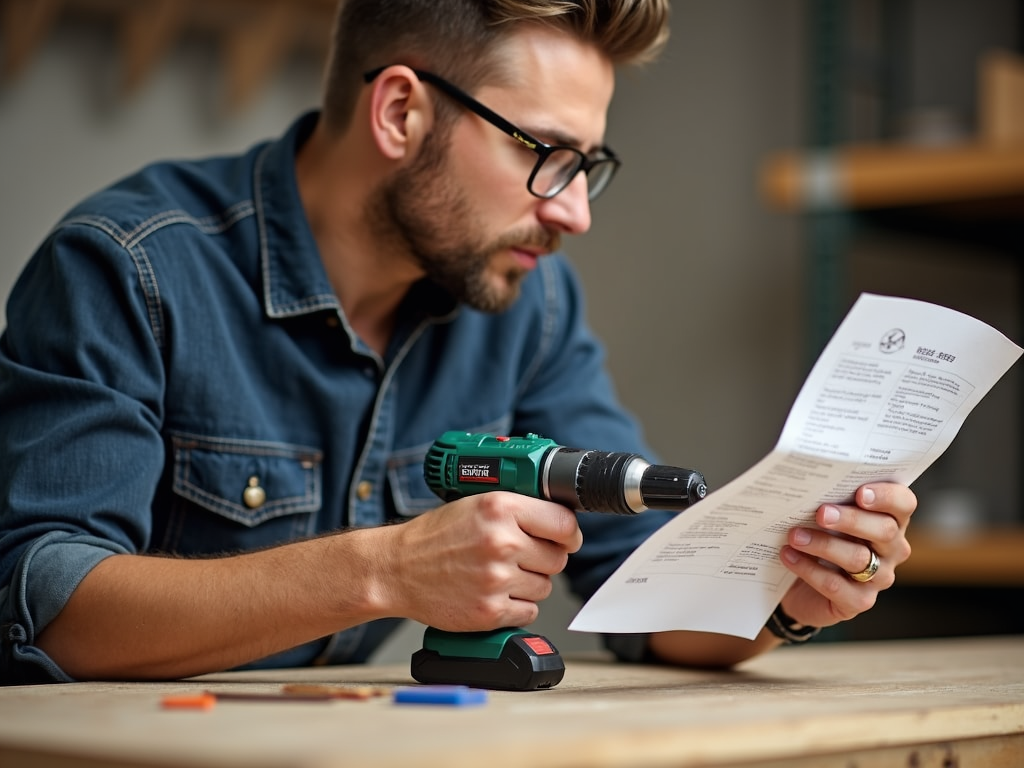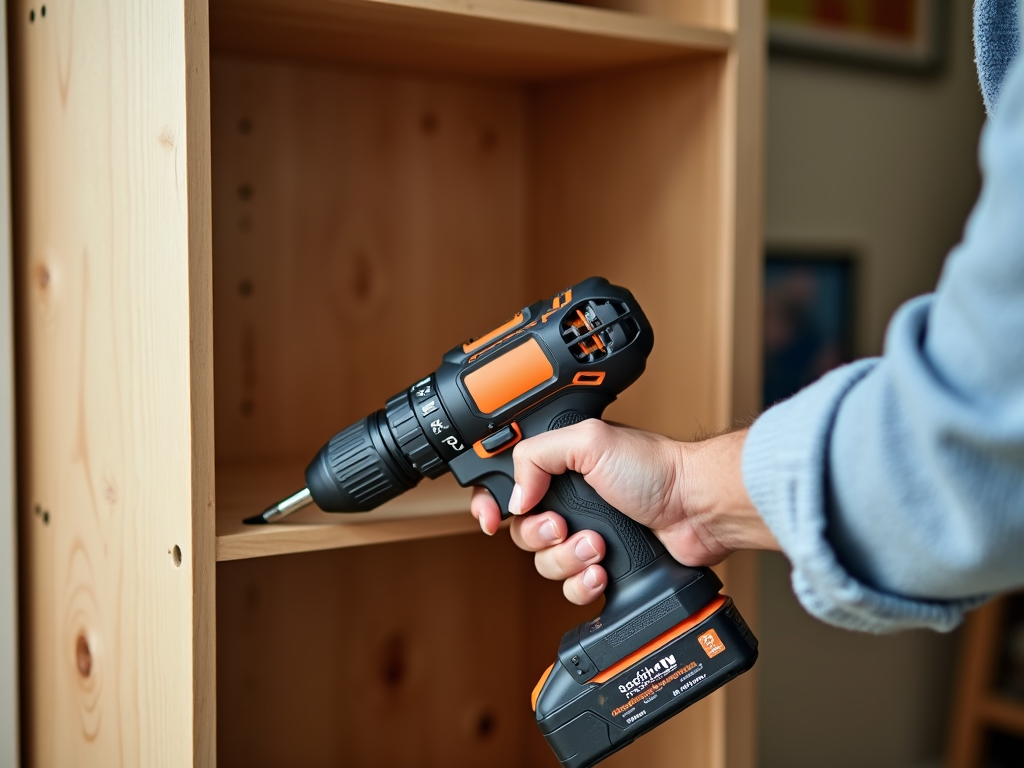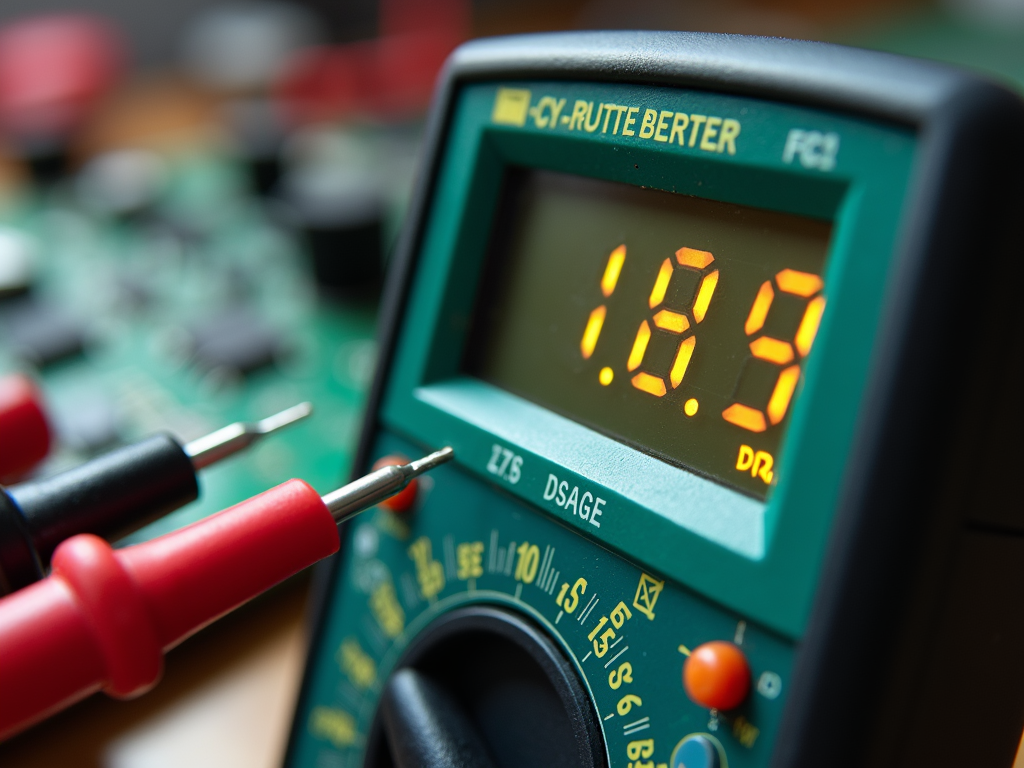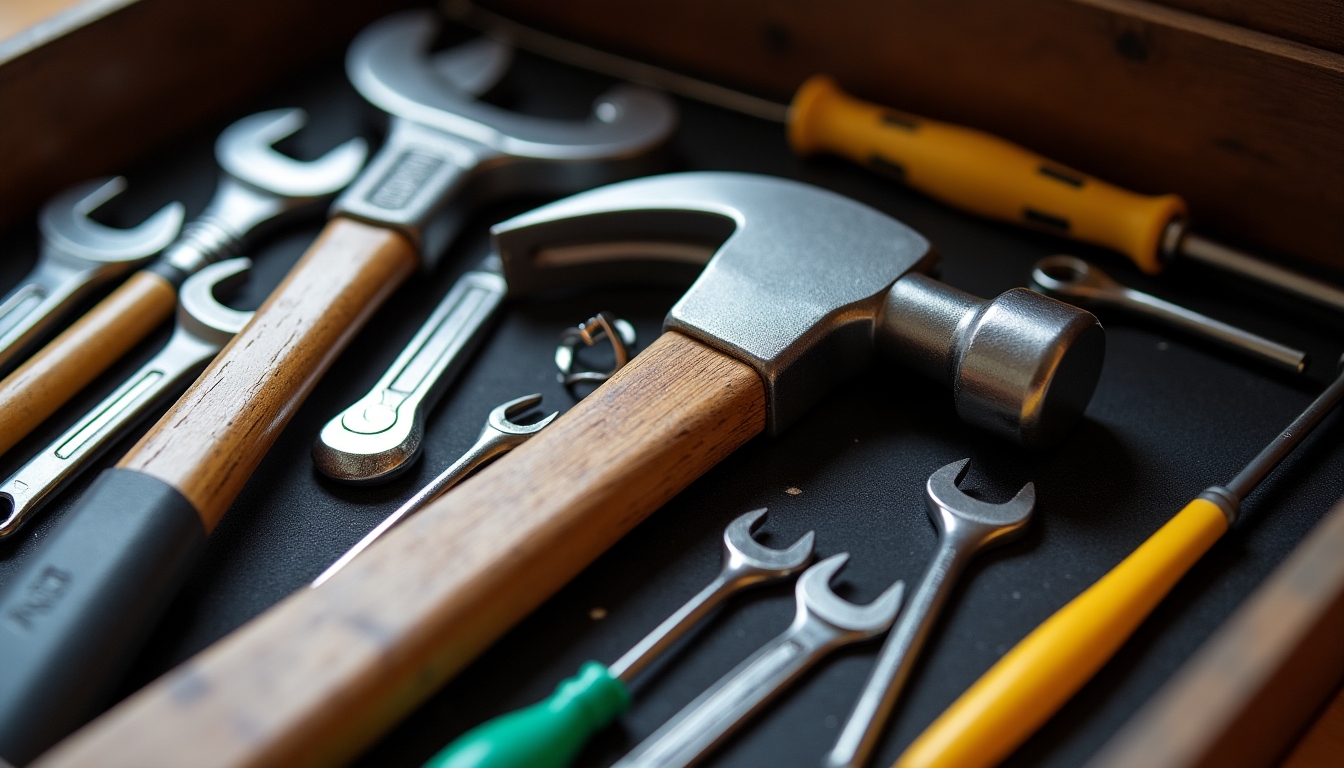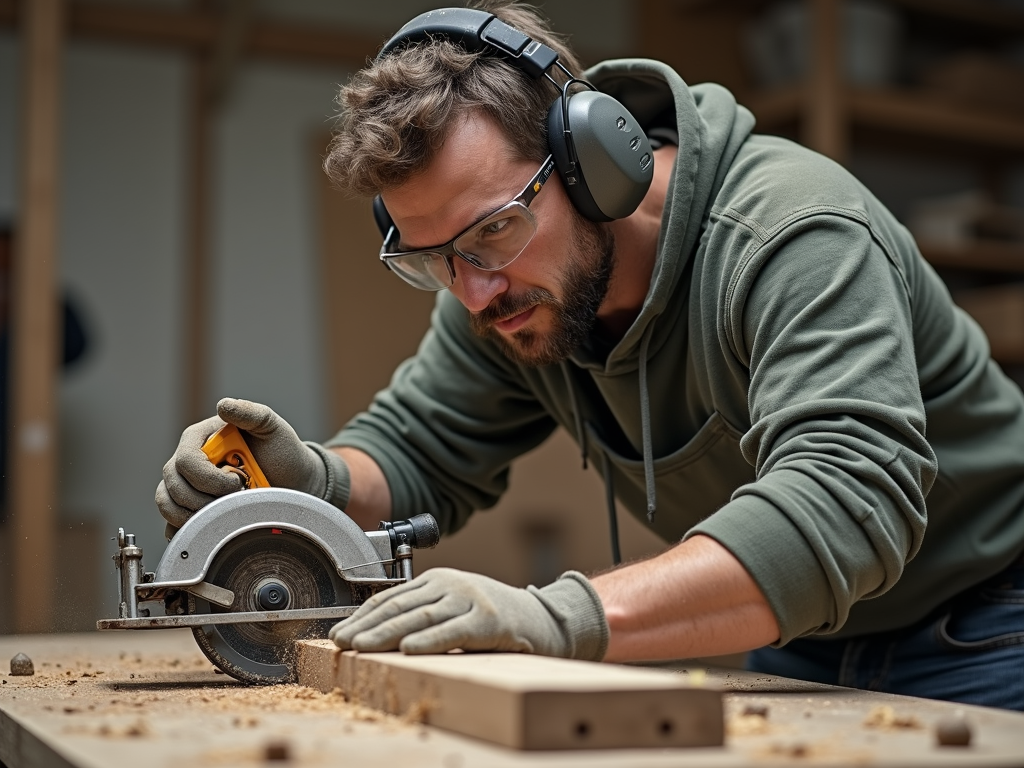Overview
Organizing your tool collection is key to working smarter, not harder. A tidy workspace saves time, cuts stress, and keeps you safe. This guide dives into how to organize your tool collection for maximum efficiency, focusing on picking the right workbench and smart storage ideas.
Why Organization Matters
A messy workshop is a productivity killer. I’ve spent too many mornings digging through piles of workman tools just to find a wrench. It’s frustrating and wastes time. Worse, clutter can lead to accidents—like knocking over a heavy tool. Organizing your tools creates a smoother, safer space.

When you organize your tools, you free up mental energy too. Knowing exactly where everything is lets you focus on the project, not the search. Studies from the National Safety Council show tidy workspaces reduce accidents by up to 30%. That’s reason enough to get started.
Choosing the Right Workbench
Workbenches are the heart of any workshop. I learned this the hard way when my flimsy table buckled under a big project. Pick one that’s sturdy and fits your space. Think about size, material, and extras like shelves or drawers. It’s your foundation for efficiency.
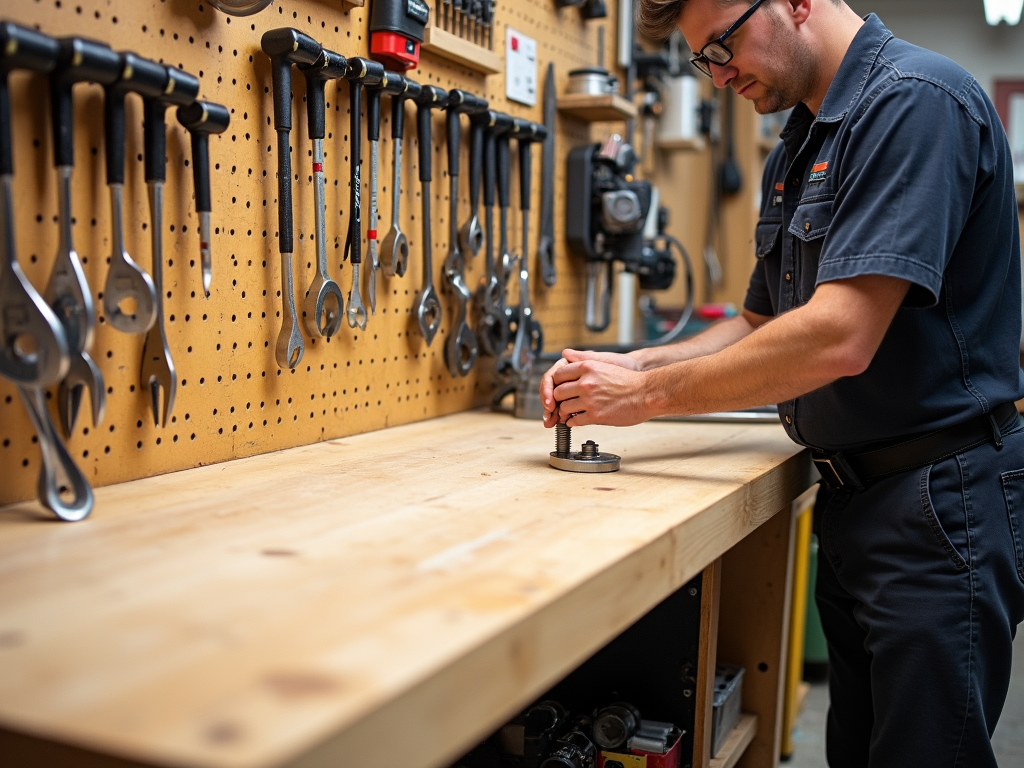
Size matters. A small bench might work for light tasks, but if you’re tackling big jobs, go bigger. I prefer steel or hardwood tops—they handle heavy use. Built-in storage is a bonus. My current workbench has drawers that keep small workman tools like screws and bits handy.
Features to Look for in a Workbench
Not all workbenches are equal. Here’s what I’ve found makes a difference: - Durability: A tough surface that won’t dent or crack. - Storage: Drawers, shelves, or pegboards to keep tools close. - Height: Adjustable or ergonomic to save your back. - Stability: No wobbling—ever. A workbench with these features can transform your workflow.
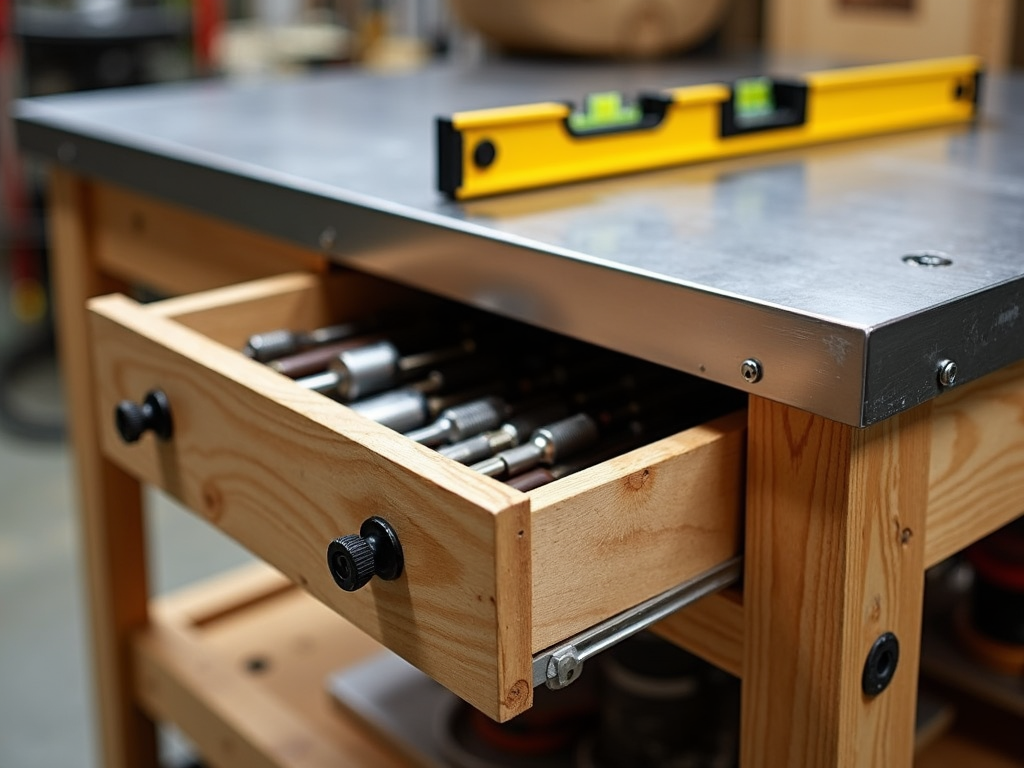
I once used a wobbly bench that drove me nuts—every hammer swing felt risky. Now, I check for a solid base and a surface that can take a beating. Adjustable height is a game-changer too, especially for long sessions. Look for these features to look for in a workbench, and you won’t regret it.
Here’s a quick comparison of workbench types: | Type | Pros | Cons | |-----------------|---------------------------|-----------------------| | Wood | Warm, easy to modify | Can wear out | | Steel | Super strong, long-lasting| Heavy, cold to touch | | Portable | Moves easily | Less stable | Pick what fits your needs—durability tops my list every time.
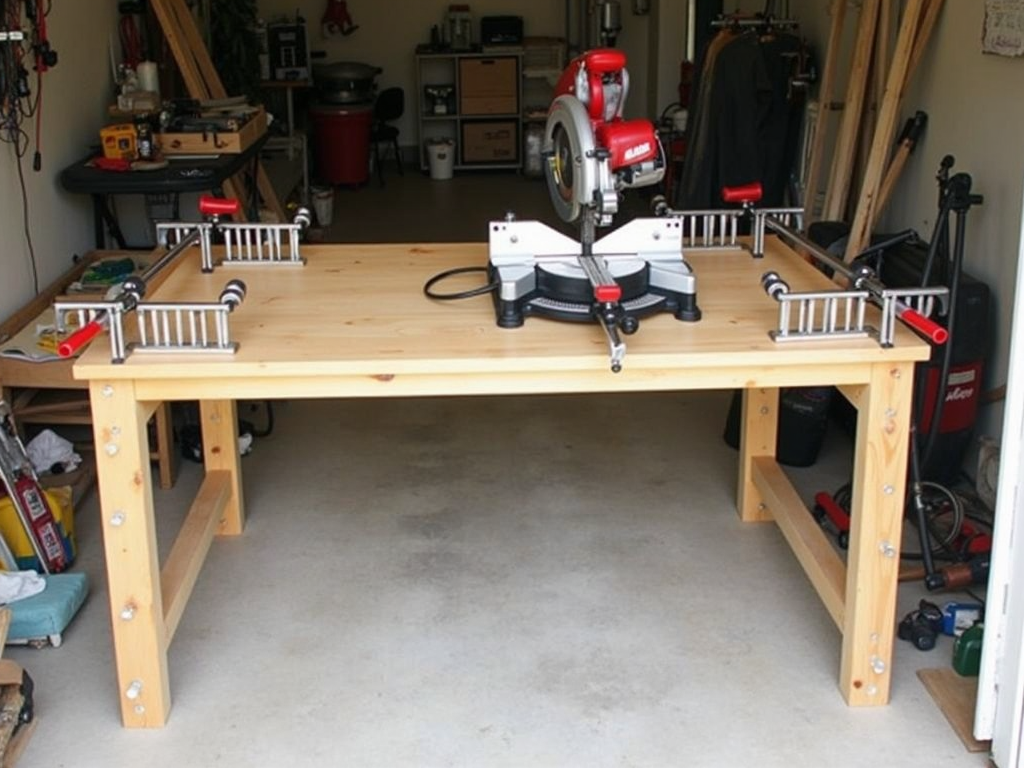
Practical Tips for Organizing Tools
Start simple: sort your tools. I group mine by type—hand tools like pliers in one spot, power tools like drills in another. Frequently used workman tools go near the workbench; rarely used ones go in deeper storage. It’s a system that’s saved me hours.
Storage solutions are your friends. Pegboards are my go-to—cheap and versatile. I hang hammers and saws where I can grab them fast. Tool chests with labeled drawers work for smaller items. Wall racks handle bulky stuff like ladders. Mix and match based on your space.
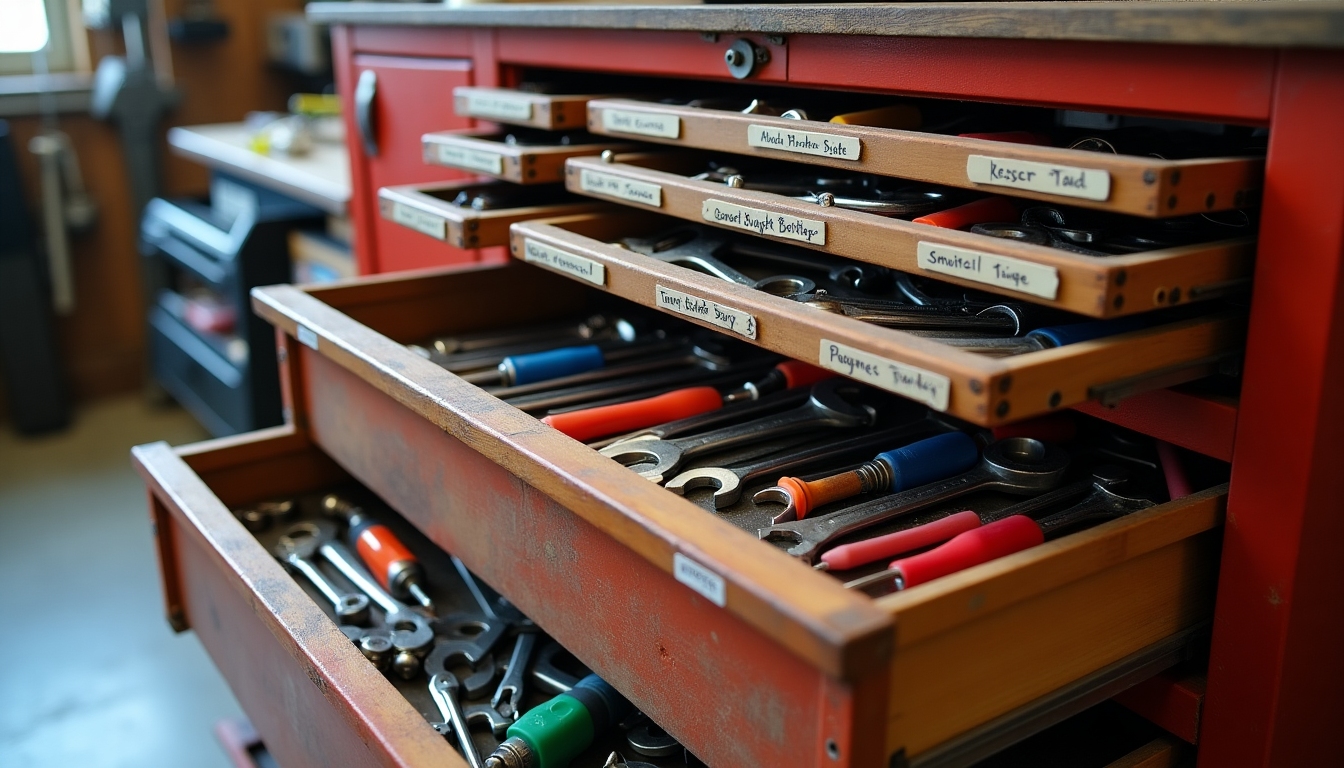
Keep it clean. I wipe tools down after every job—rust is the enemy. A quick sweep of the workbench daily keeps clutter at bay. Maintenance isn’t glamorous, but it pays off. Sharp tools work better, and organized ones last longer.
Layout is everything. My workbench sits in the middle of my shop, with tools I use most within reach. Less-used gear goes on shelves along the wall. This setup cuts down on walking and searching. Tweak your space until it feels right for you.
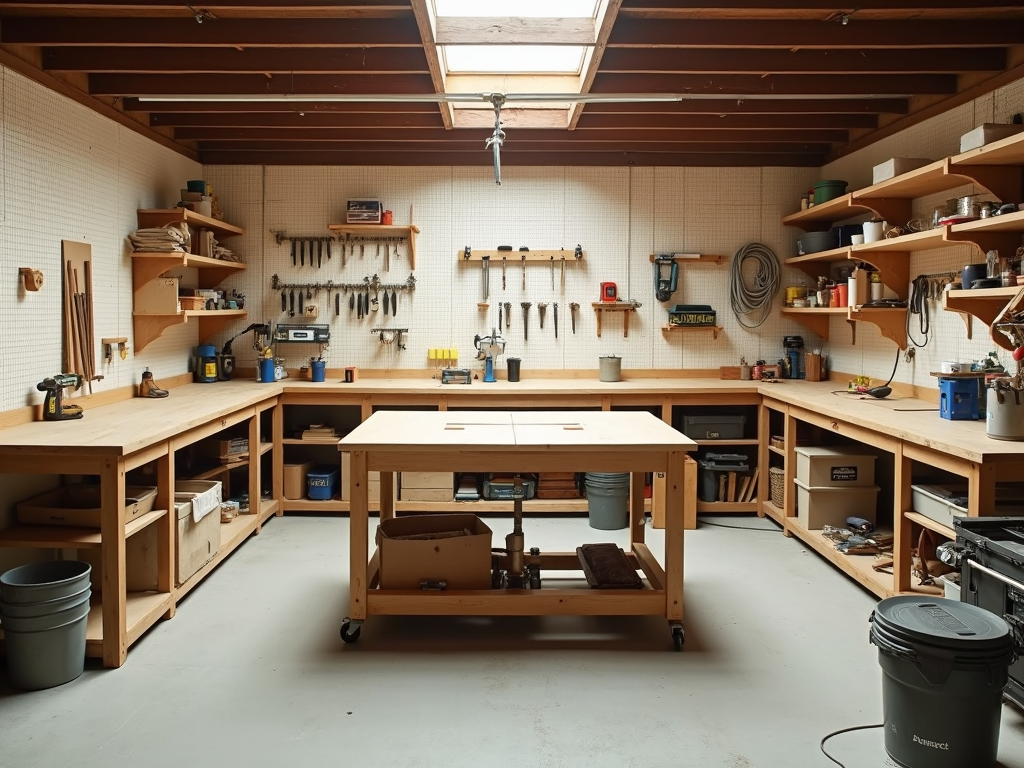
Don’t overcomplicate it. I used to obsess over fancy organizers, but simple works best. Clear bins for nails, a magnetic strip for bits—small changes add up. The goal is to make your tools work for you, not the other way around.
Summary
Organizing your tool collection for maximum efficiency is about more than tidiness—it’s about building a space that boosts your work. A solid workbench with the right features sets the stage. Smart storage and a thoughtful layout seal the deal. Keep it up, and your workshop will thank you.
Related How to Organize Your Tool Collection for Maximum Efficiency:
- Safety First: Essential Gear for Workman Tool Users
- Mastering Complex Projects: A Guide to Advanced Workman Tools
- The Future of Woodworking Tools: Safety and Innovation
- 5 Common Mistakes with Power Tools and How to Avoid Them
- Best Cordless Drills for Every Budget: A Comprehensive Guide
- The Ultimate Guide to Specialized Workman Tools for Metalwork
- Choosing the Right Multimeter for Your Needs: A Comprehensive Guide
- Organizing Your Toolbox: Tips and Tricks for Every Handyman
- The Importance of Quality Tools in DIY Projects
- Essential Chisels in a Woodworker’s Toolkit: Your Guide to the Best Tools
- Essential Safety Tips for Your Home Workshop
- Stay Safe: Essential Safety Practices for Workman Tools


